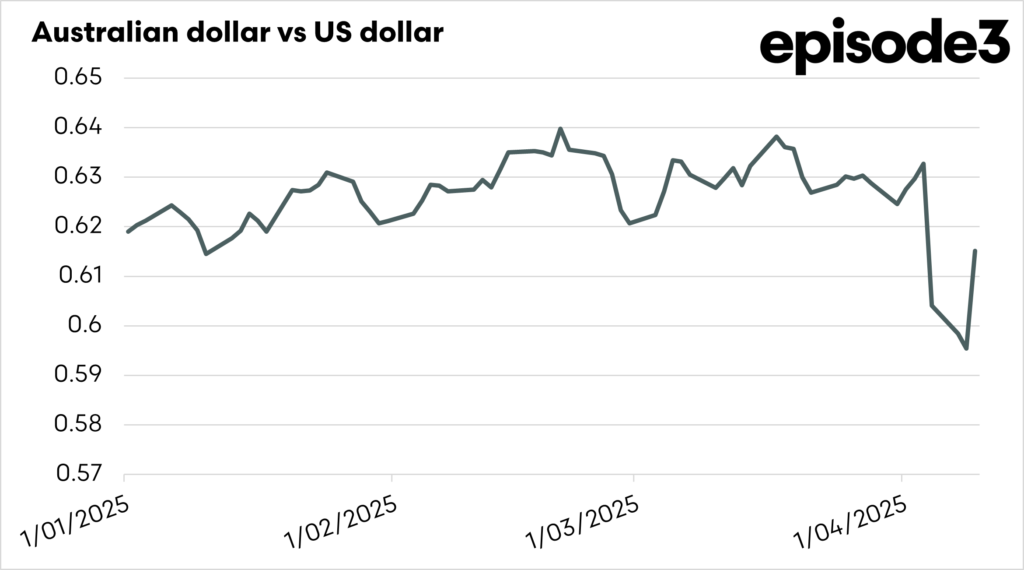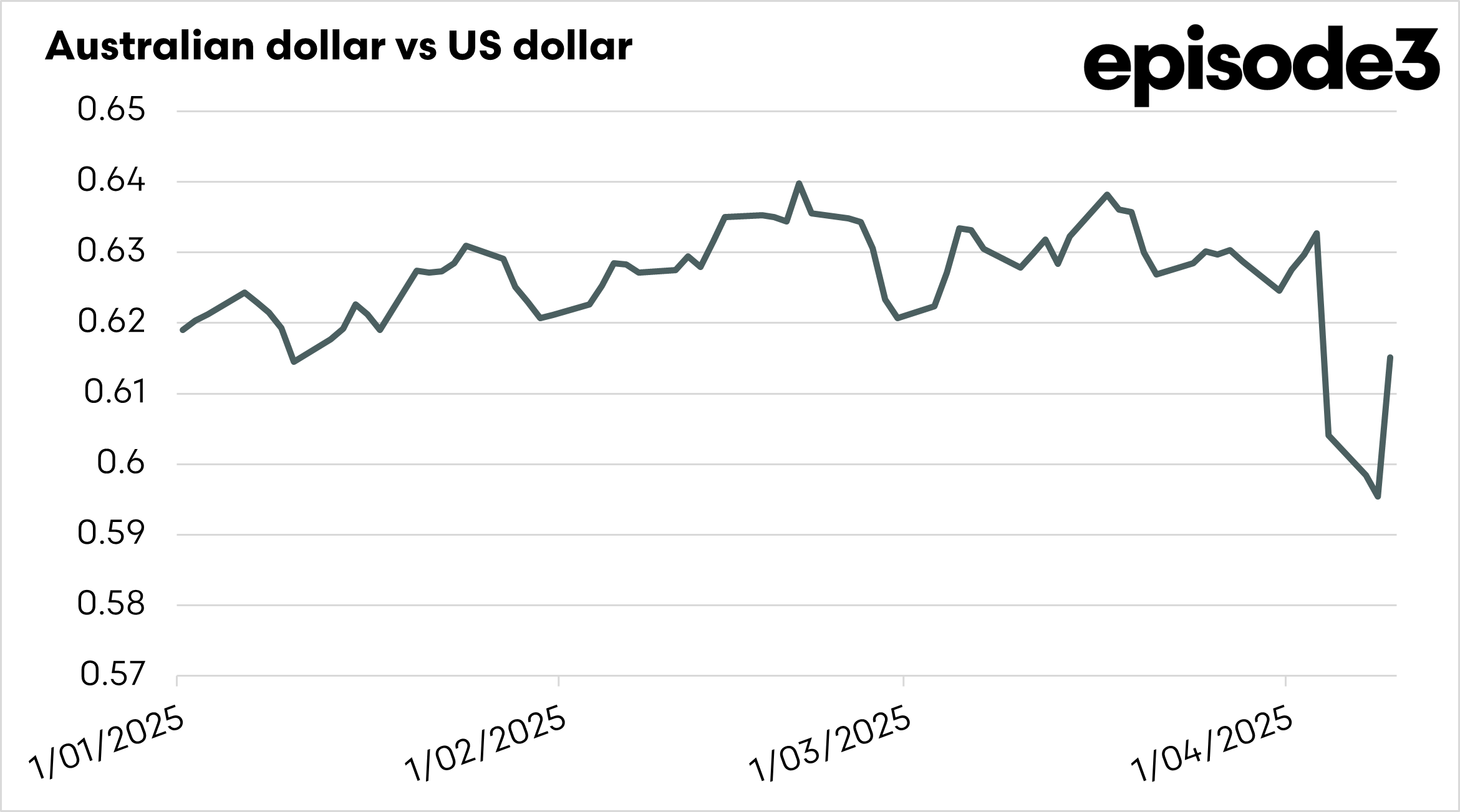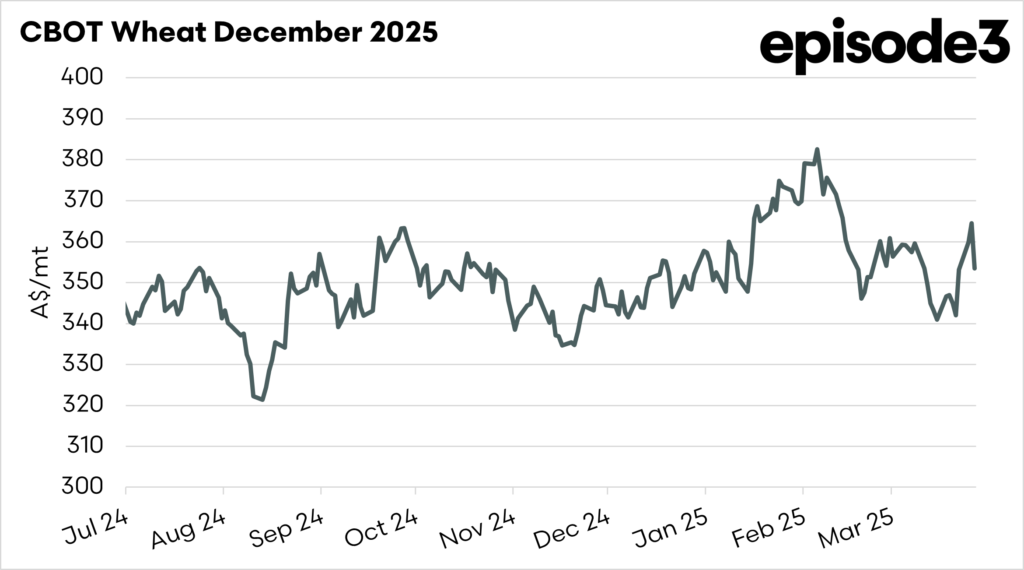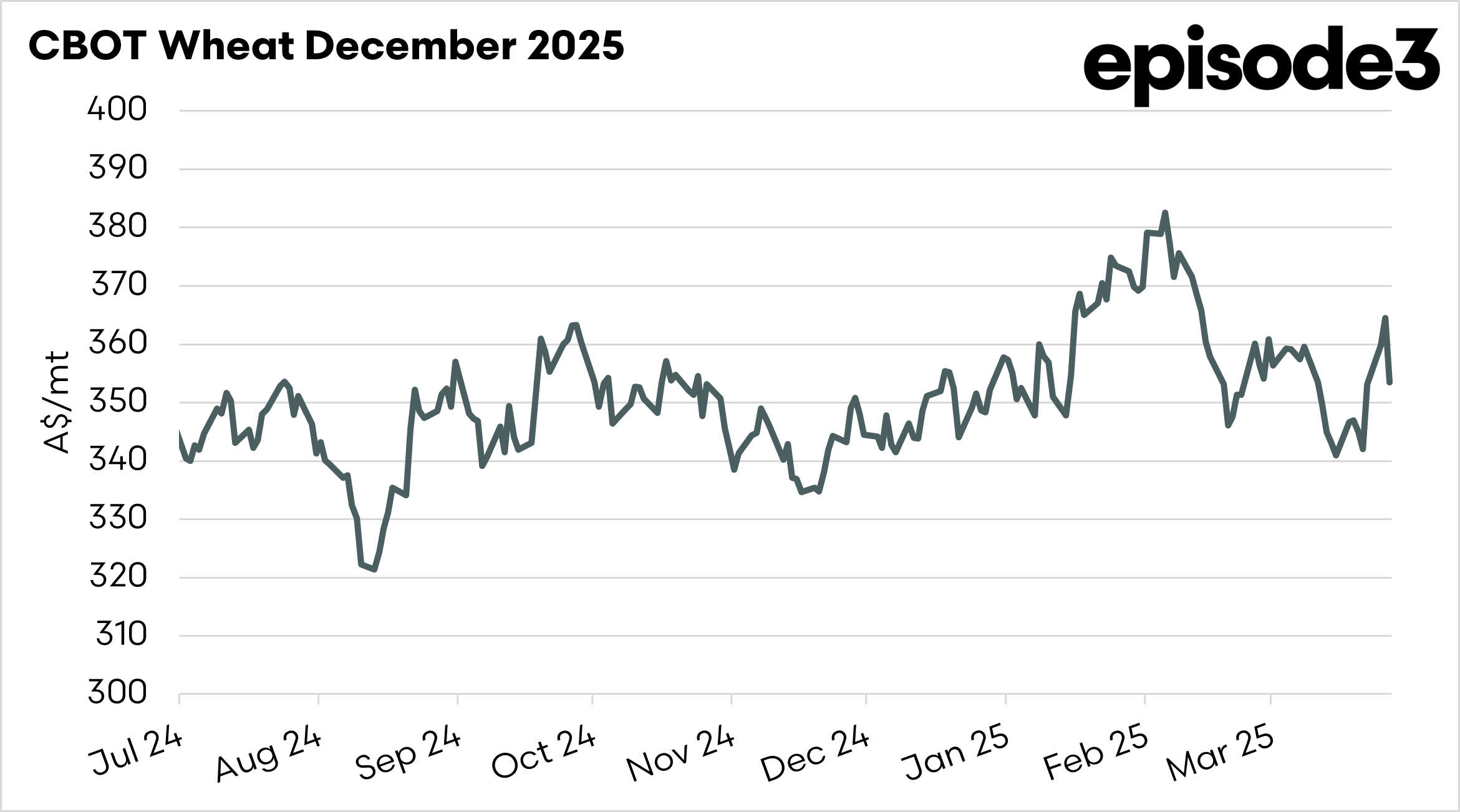Market Morsel: Show me the Australian dollars

Market Morsel
When the Australian dollar falls in value compared to the US dollar, it can be beneficial for wheat farmers in Australia. Wheat is sold globally in US dollars, so when the Australian dollar is weaker, farmers receive more Australian dollars for the same amount of wheat. For instance, if wheat sells for $300 USD per tonne, a weaker Australian dollar means farmers get more money when it is converted back to Australian dollars.
A lower Australian dollar also makes Australian wheat cheaper and more appealing to international buyers. This often increases demand, which can drive up prices for wheat in Australia. As a result, farmers can sell more wheat and receive a better price for it, improving their income.
However, farming costs can rise because many essential supplies, such as fertilisers and machinery, are imported and priced in US dollars. A weaker Australian dollar makes these items more expensive. Even so, the higher prices farmers earn for their wheat usually help offset these increased costs.
A falling Australian dollar is typically advantageous for Australian wheat farmers. It boosts their earnings from exports and helps them remain competitive in global markets, even if some of their expenses increase.
The Australian dollar has been quite interesting in the past week as tariffs were announced. The removal of tariffs has seen the Australian dollar move from 0.595 to 0.615 overnight.
This move higher has removed A$11 from Chicago wheat futures when converted into A$.
The table below shows the impact of the Australian dollar on the CBOT wheat values in Australian dollars as it increases and falls.
(Whilst this is written for grains, the same impacts are felt on all of our export commodities eg wool and meat)






